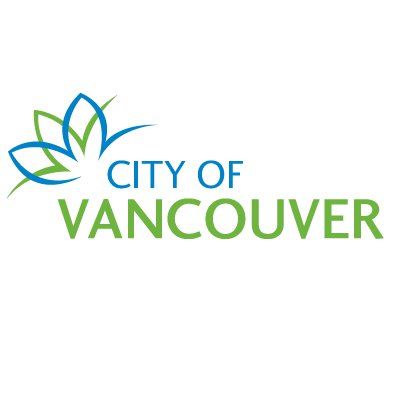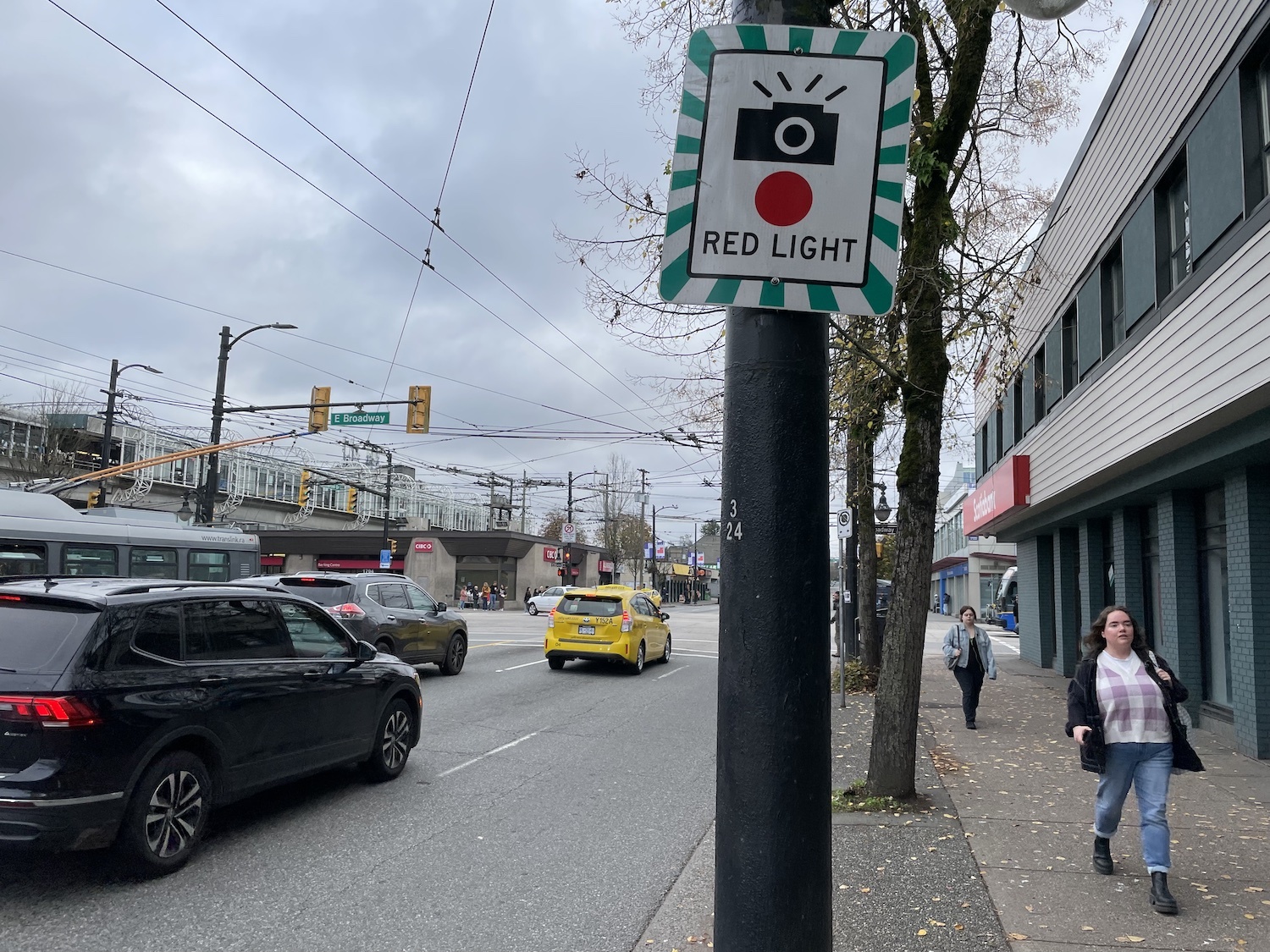- cross-posted to:
- britishcolumbia
- cross-posted to:
- britishcolumbia
Hello Vancouverites, you may have heard about an upcoming motion in Vancouver council that calls for the installation of speed and red light cameras at more of the city’s high-crash intersections. On average there are 22 car crashes resulting in death/injury in the city every day. This is a public safety and public health crisis, and automated enforcement with speed and red light cameras is an effective and efficient way to make roads safer.
The motion will be considered on Wednesday, November 1st. You can help by expressing support either by emailing or speaking to council. Here’s our guide for doing so: https://visionzerovancouver.ca/intersection-safety-cameras/
Thank you for taking action for safer streets. Share the page and encourage other people you know to do the same!



Red light cameras cause more rear-ender accidents. The numbers are there. They’re just a cash grab.
Speed cameras don’t stop speeders. They’re just a slimy cash grab.
Kudos for relabeling them as ‘traffic safety cameras’ . It reduces the people thinking critically and makes it sound oh, so good for the people.
Yup. If you want safer streets, you need to reduce their size/the amount of lanes and add physical obstacles like speed bumps, roundabouts, and bollards.The plus side of the above is using that newly opened space for bike lanes or dedicated transit.
Its much safer and much better for everyone, but the reason it doesnt happen is because it costs money instead of making money like red light and speed trap cameras.
Ah definitely, if there was any chance of implementing any of those changes to any of the streets mentioned in the article, I’m all in as well. I don’t want the perfect to be the enemy of the good, though. The current city council has zero chance of any significant redesign, but cash-grabbing law enforcement should be an easier win that could already save some lives until we get better roads.
The issue is more that this is neutral being the enemy of good, these cameras don’t actually help, but they let the city say they are trying to address the problem without actually addressing the problem.
Don’t they, though? Most studies seem to agree they reduce fatal crashes and other types of injury.
Where? Seriously, all research I came in contact with shows they are effective in changing driver behaviour long-term.
EDIT: Found this https://www.sciencedirect.com/science/article/abs/pii/S0001457513000572?via%3Dihub
But also from the same study:
So my understanding is that it’s even more effective when it’s not signposted (which is even more of a cash grab?), and although it increases rear-ends, it decreases injury crashes. That’s a net positive to me.
Also lots of studies referenced here: https://www.iihs.org/topics/red-light-running#effectiveness-of-cameras
And the conclusion: